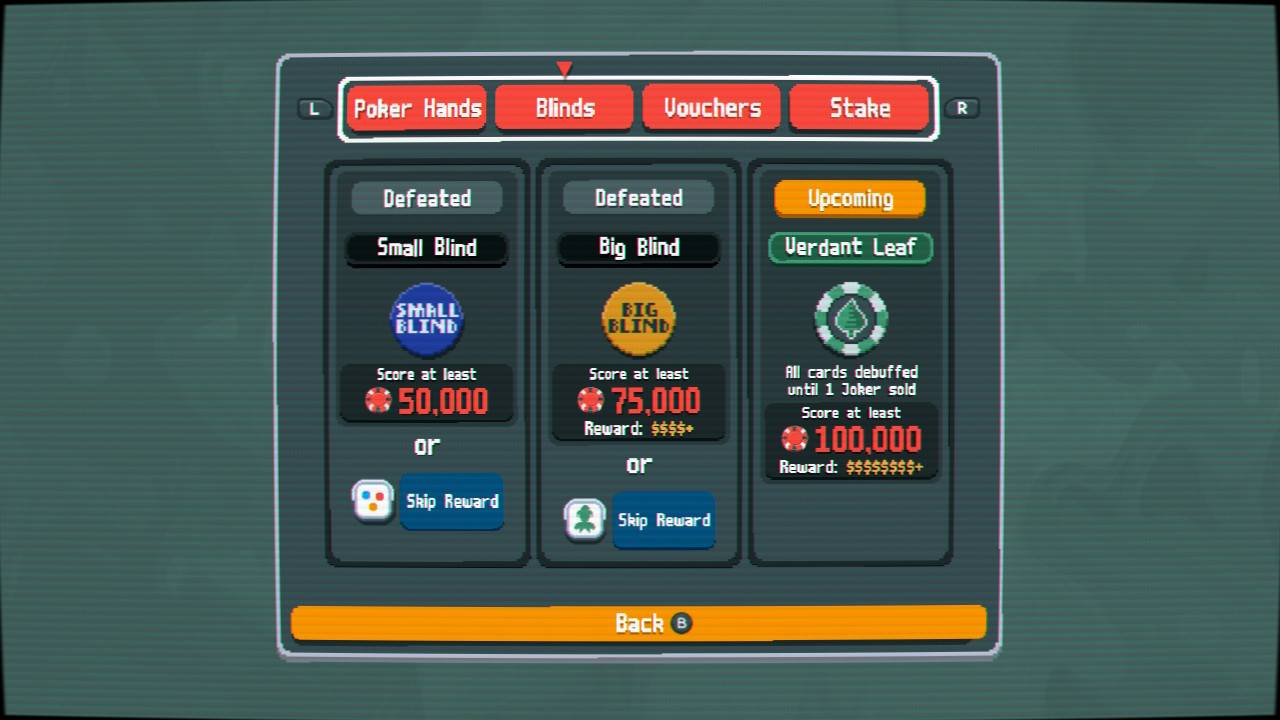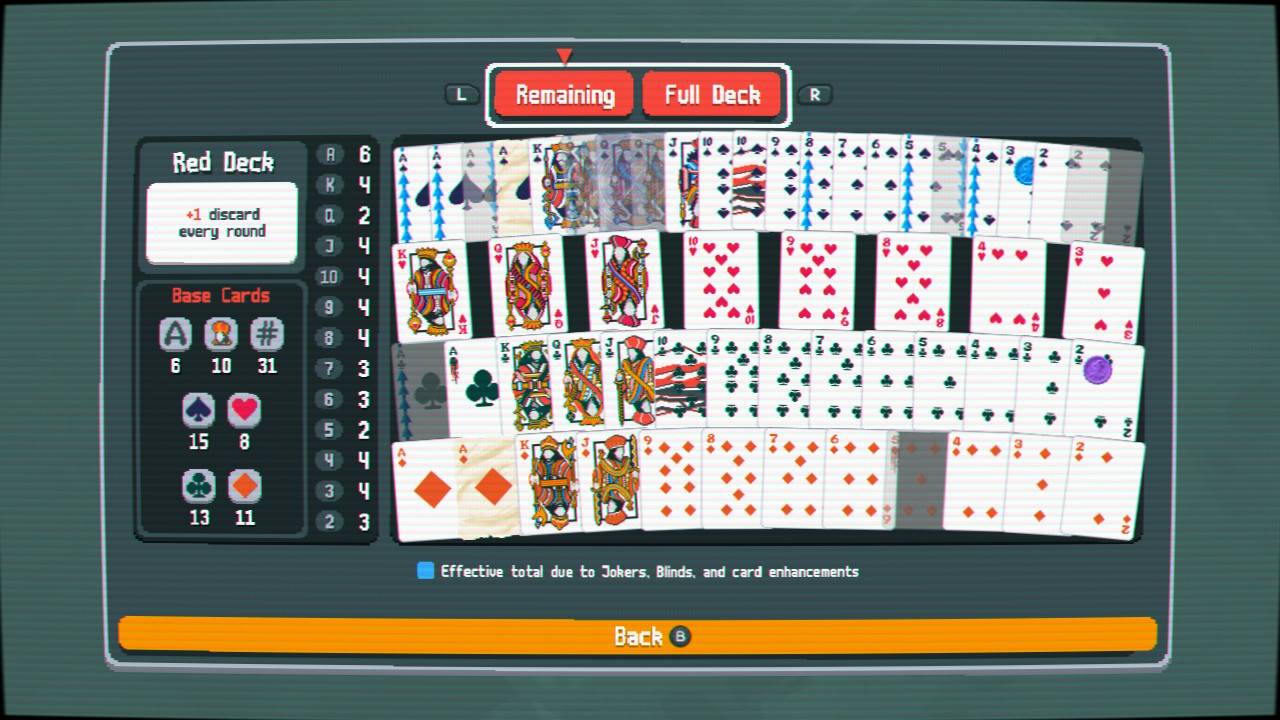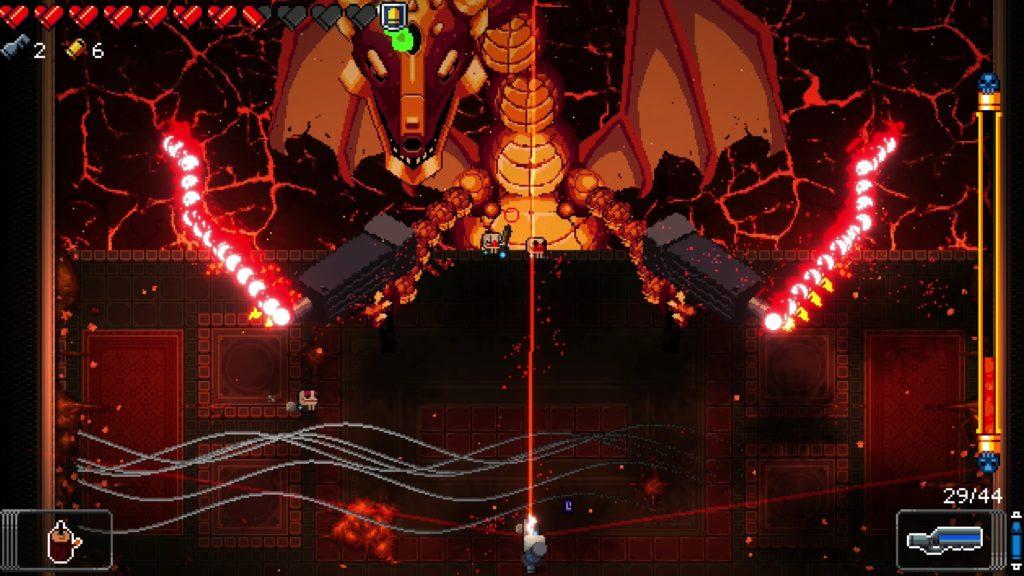For this week’s critical play, I played Balatro, which was developed by LocalThunk, on the Nintendo Switch. The target audience for the game is broad, but I would say it primarily includes young adults who are somewhat familiar with the rules of poker. The game is a roguelite based on poker gameplay. Given a hand of cards, you need to create the best poker hand possible to achieve a certain score.

This is combined with joker cards, which impact scoring, power-ups, and other aspects of the gameplay loop. I believe that the target audience for Balatro is particularly important, as its close ties to a real-life form of gambling could foster dangerous habits for its players. This implies that considerations of age range, along with the type of gamer LocalThunk is targeting, are incredibly significant. The visuals only vaguely resemble those of a casino, but they are also stimulating and certainly enhance the game’s engaging and addictive nature.
For all its good intentions, Balatro definitely runs the risk of fostering addictive habits in its audience. To start, its core premise stems from one of the most famous games of chance in the world. Randomness is key to the gameplay and is nearly entirely based on input randomness. You don’t know what cards you’re going to draw, what blinds you’re going to face, or what you will roll in the shop. However, once you’re presented with this information, you have complete agency in how you act.

There are, however, a few points in Balatro’s favor. For one thing, it shares the quality with poker of offering great agency in how you act once dealt your randomness. The roguelite takes it even further, providing multiple avenues for synergy, deck manipulation, and player choice. A large part of optimizing your strategy involves reducing randomness as much as possible, a feat that’s impossible in traditional poker.

Another factor that helps give Balatro the benefit of the doubt is that there’s no way to spend additional in-game money after your initial $15 purchase. Without microtransactions, one might argue that the game is less predatory than other popular games with elements of change. In fact, after the game received a Pan European Game Information (PEGI) rating of 18+, the developer did just that.

Compared to other games, especially those that so heavily use card game and gambling mechanics, Balatro’s chance is far more favorable to the player.
This is not to say that randomness plays no role whatsoever. At the end of the day, part of the appeal is that the player never knows exactly how a run will go. The audience’s love of chance is most strongly represented in one power-up card modeled after the Wheel of Fortune tarot card. The card has a 1 in 4 chance of upgrading a random joker, which serves as your primary source of score manipulation. Despite this stated 25% chance, people really do not believe this figure to be accurate.



This joke is one of the most common in the community, but it reflects a much deeper examination of the addiction that Balatro causes. Players believe they’ll hardly ever receive the benefits, yet they continue to spin the wheel anyway. They pursue the slim chance of reward, even when presented with the option of more stable returns. The randomness results in high highs, but also low lows.

Overall, I believe it’s acceptable to use luck when it enhances the gameplay experience and is not solely intended to keep the player engaged. Balatro’s types of fun blend challenge and sensation, though I would argue that it leans much more towards the latter than the former. As Thursday’s lecturer so aptly described it, Balatro is a “numbers go up” game. The sights and sounds captivate the player, leading them to invest hours into the game that feel like mere minutes. In this context, randomness is not a tool of manipulation; rather, it is crucial to the gameplay loop. Not an end, but a means. It enables player agency and gradually fades away throughout a run, giving rise to decision points. For all these reasons, Balatro’s chance is essential, but not in a way that hinders the player. Instead, it’s a catalyst that elevates them, creating a thrilling gameplay experience without demanding a dime more than the purchase price.




